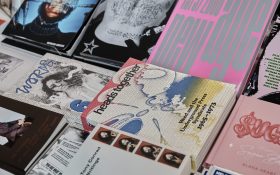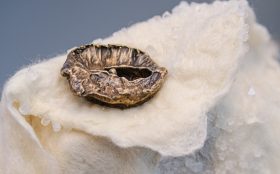There have been collectors since the beginning of civilized society. Ancient kingdoms amassed precious objects and buried them with their masters to bring comfort to the royals in their journey to the other world. For centuries, wars brought the riches of the vanquished to new cities. The rich have always collected; most have seen it as proof of their own importance and insurance for immortality.
In this country, 19th-century “robber barons” spent fortunes scouring the world for works of “old masters” to add to their collections in drawing rooms on Fifth Avenue and homes around the world. Such rooms were gathering places for their equally fortunate friends. The wealthy always had access to the world’s great art. And in the age before mechanical reproduction, ownership of something that existed only in one form, and only in one place, was particularly attractive to the wealthy. It was great art, true — but it was also a trophy, a prize that belonged only to them.




